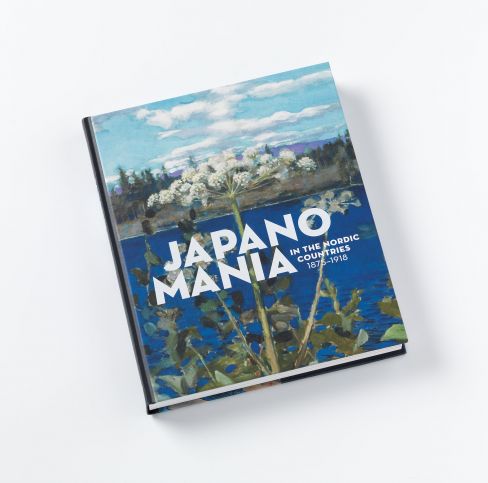Japanomania in the Nordic Countries 1875–1918
Japanese art and design had a profound influence in the Nordic countries during the final decades of the 19th century and well into the 20th. After Japan opened its borders in 1854, Japanese objects soon found their way into world exhibitions and famous department stores in Paris and London. It was in these metropolises, around 1860, that this East-Asian culture first had an impact. Internationally, the movement became known as Japonism, or the Anglo-Japanese style. By the 1880s, Japonism had reached the Nordic countries, both as a serious art form and as a popular cultural phenomenon.
Central Nordic artists and designers such as Carl Larsson, Edvard Munch, Nikolai Astrup, Vilhelm Hammershøi, L.A. Ring, Pekka Halonen, Akseli Gallen-Kallela, Gerhard Munthe, Alf Wallander and Frida Hansen all drew inspiration from the new visual idiom.
- Language: English
- Format: Hardcover
- Pages: 296
- Size: 24.4 x 29.9 cm / 9.6 x 11.77 inches
- Weight: 1,849 g / 4 lbs
- Author: Gabriel P. Weisberg (Ed.), Widar Halén, Leila Koivunen, Anna Kortelainen, Susanna Pettersson, Malene Wagner, Ellen J. Lerberg, Anna-Maria von Bonsdorff, Nils Ohlsen, Hanne Selkokari, Leena Svinhufvud, Trine Nordkvelle, Harri Kalha and Vibeke Waallann Hansen.
- Published: 2016
- Publisher: The National Museum
- ISBN: 9789527067246


